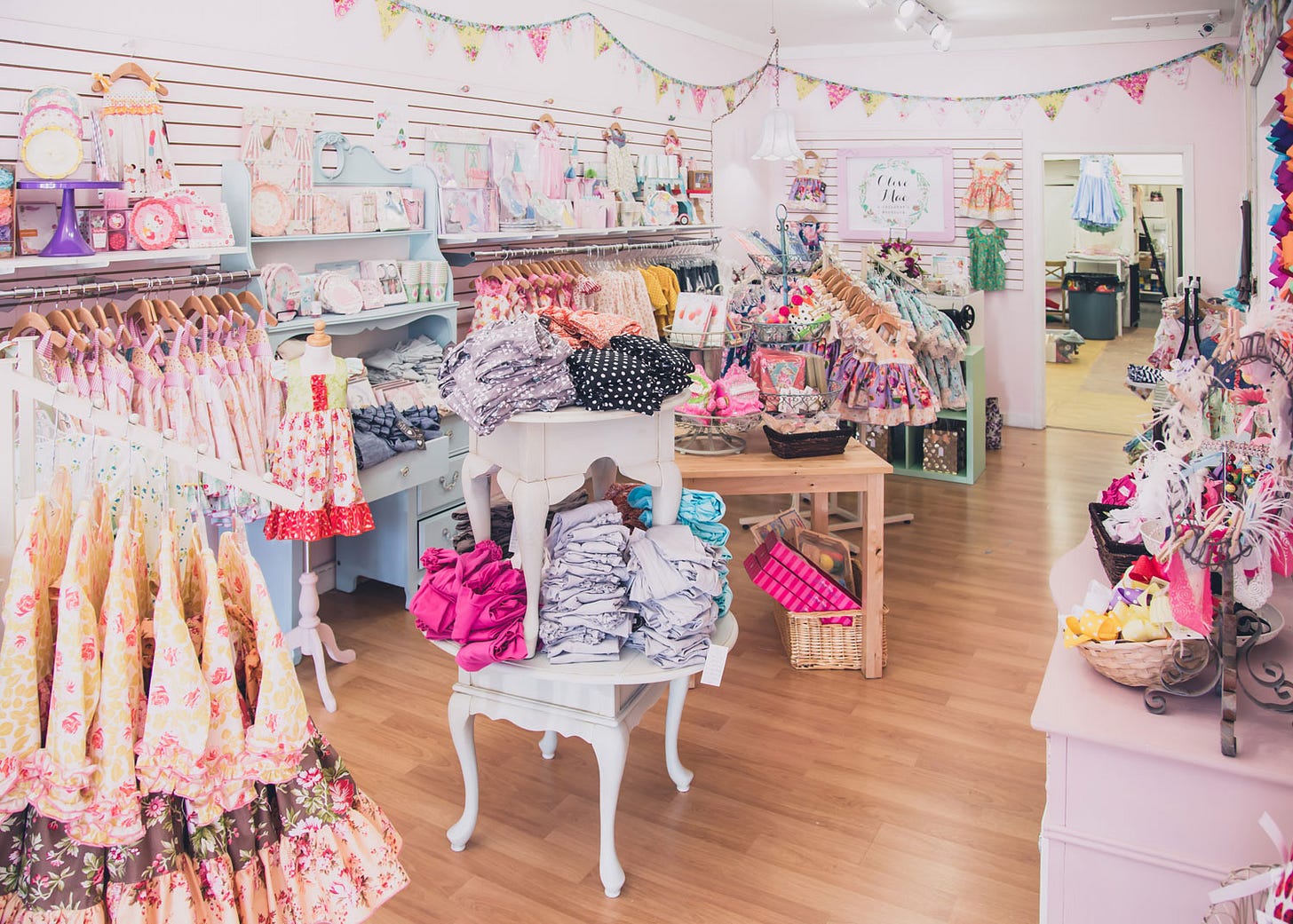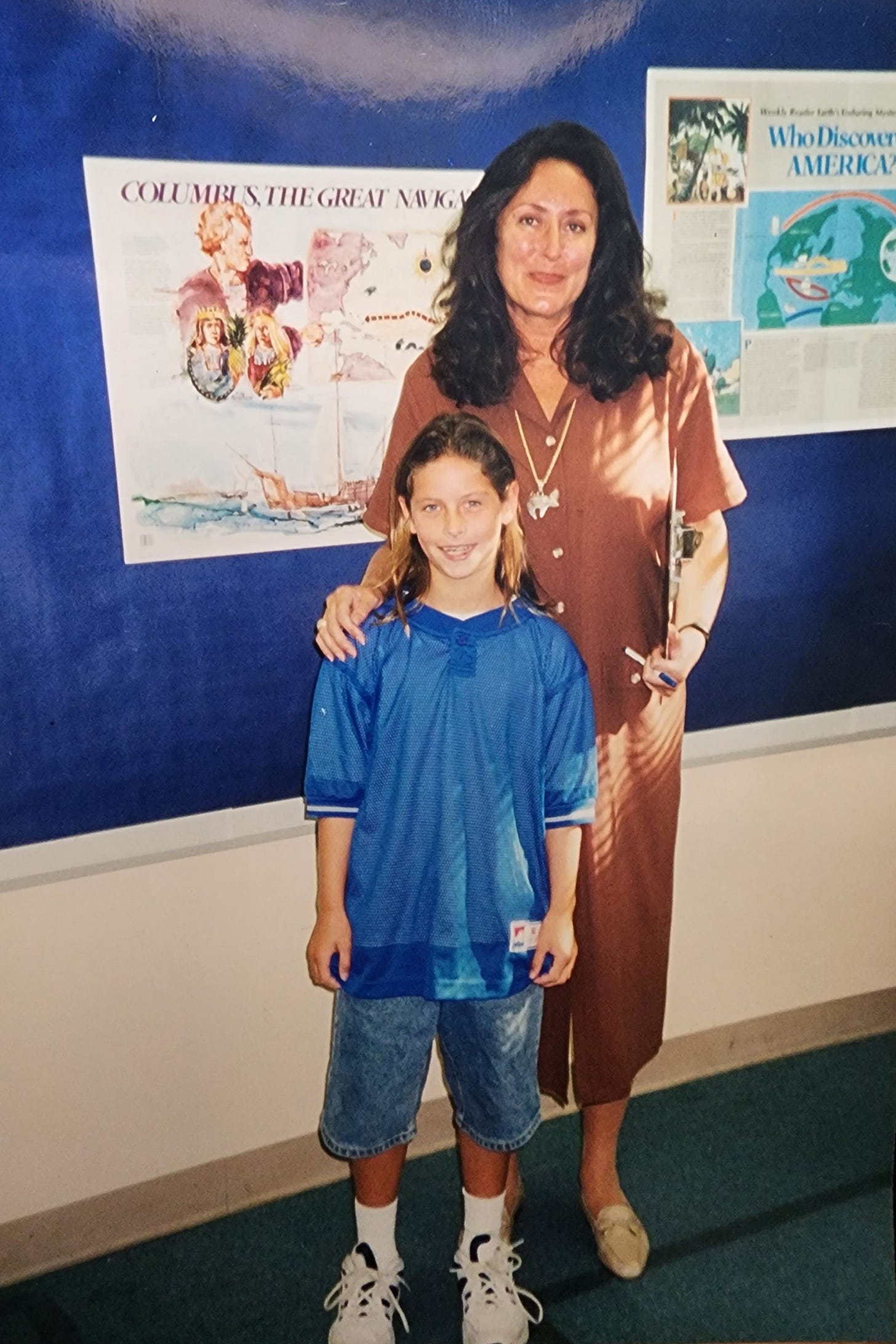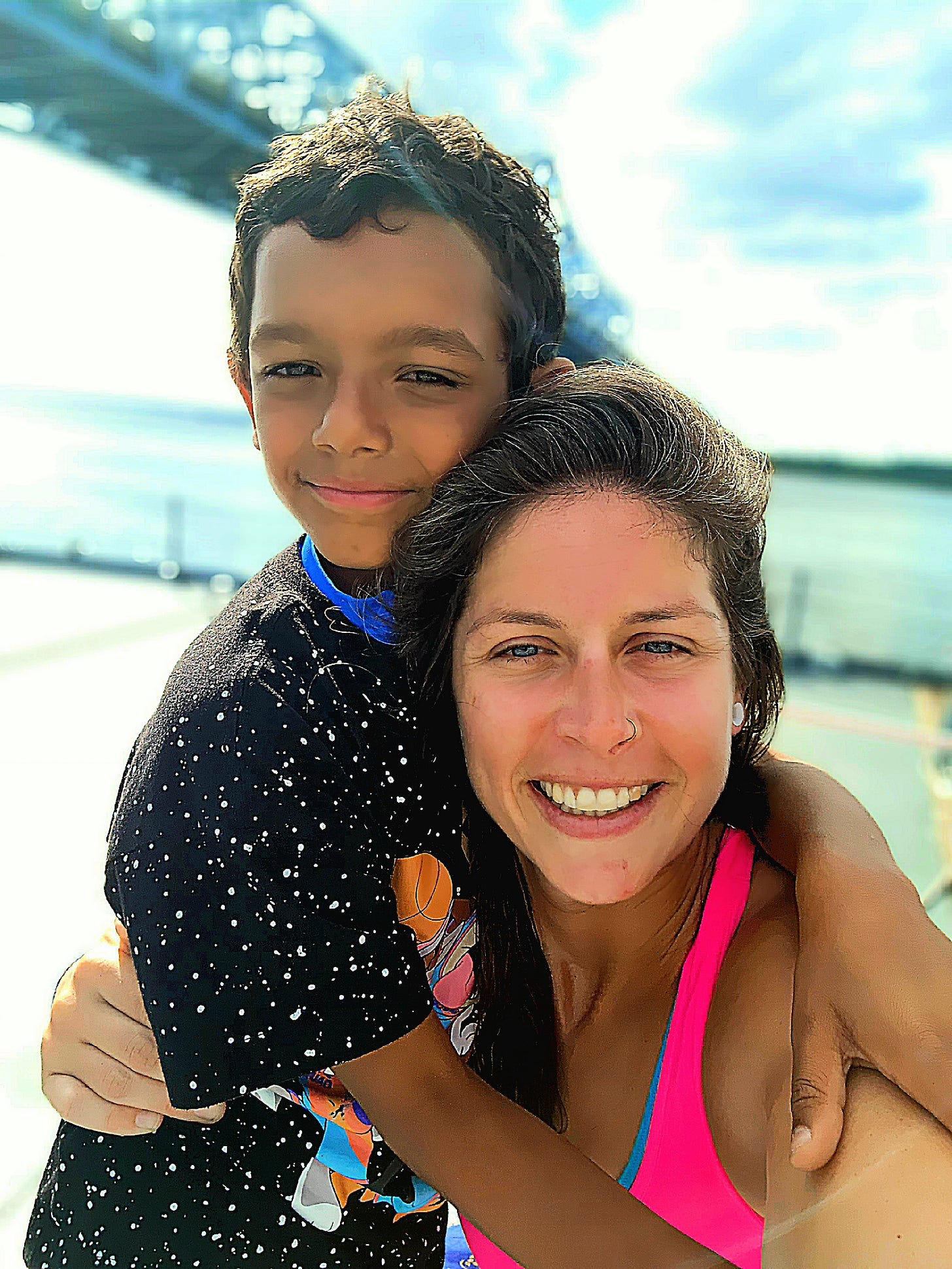“I am not wearing dresses ever again!” I proclaimed at age seven.
And for the next six years, I didn’t.
When my mom took me and my two sisters shopping, we went to the girls’ section.
Then, we went to the boys’ section.
I remember looking at the racks of girls’ clothes feeling overwhelmed and insecure. There were so many options and the clothes clung to my body awkwardly - too tight here, too loose there, random frilly thing on the shoulders.
Walking into the boys’ section: the heavens opened up and angels came down singing melodies of joy.
I am not exaggerating. In girls’ clothes, I felt like I had to be something I was not.
In boys’ clothes, I was myself.
While both of my sisters wore dresses, I was in khakis and a collared shirt. And that’s just how it was.
My parents bought me a skateboard and a BMX bike, and they signed me up for karate and ice hockey. By middle school, I was the only girl on the travel ice hockey team. I even changed in the same locker room with the boys (yes, I saw boys in their boxers, and they saw me in shorts and a sports bra. It was not an issue).
Sometimes people would misgender me, so my mother or father would just simply say, “We have three daughters” or “That’s my eldest daughter, Stephanie.”
It was an honest mistake and easy to correct with a few words.
These days, I often wonder— What would it be like for a kid like me growing up today?
At the beginning of the 2022-2023 school year, a teacher working at the middle school I attended from 2000-2004, asked students to complete a survey that included a question about their preferred pronouns with the choices: she/her, he/his, they/them.
Next, it asked who was allowed to know this information: just the teacher, classmates, parents.
How would such questions have impacted the development of my identity, if I had been forced into a box every time I went to class? How would it have impacted my experience to have an adult in a position of authority tell me that it was okay to hide things from my own parents?
As a gender non-conforming youth growing up in the 1990’s and 2000’s, my experience certainly was not without struggle. Popular American culture upheld idealized versions of masculinity and femininity and their roles within society. Both internally and socially, I struggled to understand where I fit in.
“Gay,” “faggot,” and “dyke,” were slurs thrown at me in fifth grade. I became used to being called these names over the years.
In middle school we began changing in the locker room before gym class and I can remember feeling completely out of place among the other girls. They were all wearing bras and thongs, they shaved their legs and had their nails done, and they talked about doing their make-up. It was like I had missed the class where you learn all of these girly things.
I would change quickly and quietly, sure to avoid attracting attention to my sports bra I barely needed and full-butted underwear. All I wanted to do was get out into the gym and play (and in fact, I used to sneak over to the boys side of the gym to play because they got out there with urgency, took initiative to start the games, and played competitively. The girls did the opposite).
At certain points, I literally wanted to be a boy. Life seemed so much simpler and cool.
When I got my period, I cried and hid it for months. I remember thinking to myself, maybe there was still a possibility I could be a boy.
I was terribly confused.
There were days I came home crying and others that I didn’t want to go to school. My parents did what any good parents would do: they opened their arms and embraced me and told me how much they loved me. They reminded me how smart and strong and beautiful I was.
AND (this is very important), after soothing my pain and drying my tears, they told me the TRUTH: I was a girl, but because I preferred typically male activities, that confused people and in turn, sometimes led them to make fun of me.
That’s not an easy concept to understand, let alone reality to accept at the age of 12 while experiencing a crisis of identity at the most fundamental level.
This is exactly why children have parents: to model, teach, and guide them to navigate the space between how the world should be and how the world actually is.
Children are naive of the harsh realities of the world. At times, this allows them to reveal truths about the nature of life that have been stolen from us by reason and logic and the bustle of the modern world; but mostly, it leaves them vulnerable to their desires that are unbounded by imagination and influenced by their innate need to fit in, all while their body is going through massive physiological changes.
What happens when adults abandon this role, not just letting children make life-altering decisions for themselves, but push them to do so under the banner of diversity and inclusion? Would I have been better off if the adults in my life told me that my intense feelings of anxiety about my gender and sexuality meant that I was born in the wrong body?
I am now 33 years old and I still don’t like to wear dresses.
I do, however, love being a woman. I have a beautiful seven year old son.
Being a mother is the most important thing I have ever done. I am so grateful for all the support I received from my family along the way.
*** Want to share your “tomboy” story? Restore Childhood will be publish top three (3) entries here - please see details below and enter by June 30!
Stephanie is a former NYC public school teacher and has been working with Restore Childhood to film our docuseries “15 Days…” Follow her on Twitter @TeachLiberty1 or Instagram
Restore Childhood is a 501c3 non-profit that advocates for children across education, mental health and physical fitness. Please consider supporting our work with a paid subscription. Thank you!













Thank you for sharing your journey Stephanie!
I grew up a tomboy as well and often wonder the same thing you do, what would society have told me when I was in middle school?
I still prefer pants, jeans, to dresses and skirts. I still like science and don’t mind getting dirty. I am a woman.